-
Posts
2.067 -
Joined
-
Last visited
-
Days Won
52
Posts posted by Genava55
-
-
2 hours ago, Alexandermb said:
Btw in an interview they mentioned the game starts before Aoe 2 and ends near Renaissance.
Well basically it is AoE2 but with better handled limits. Migration Era to Renaissance. Already partially use in AoE2 (Huns, Goths, Spanishs, Aztecs etc)
-
That teasing for this...
-
4 minutes ago, Sundiata said:
New Youtube homepage, going from an acceptable 24 recommended videos to only 8 recommended videos with supersized thumbnails, as if I'm visually impaired and easily intimidated by options.
I was thinking exactly the same just the past minute
-
 1
1
-
-
24 minutes ago, Obskiuras said:
In the cimbri war there where some galic trives that allied to the cimbri
I know. The artist choose to represent those tribesmen. That's particularly obvious with the Celtic swords and scabbards. Not any single edged sword common in the Germanic world.
-
Well... that's quite a lot of Gallic material here

-
 1
1
-
-
2 hours ago, borg- said:
4- Differentiate gameplay from civilizations / new units/buildings/techs (only if we have time).

-
 2
2
-
-
15 minutes ago, Stan` said:
In one of your references the chieftain wears the hat we assigned to the healers. Is that ok ?
For me it is ok. We have multiple evidence in celtic art for human figures with this kind of hat but only one archeological evidence for a chieftain. We do not know if it was exclusive for non-religious member. We do not know if the chieftain was also a religious figure, and we do not know how far the druid could be an authority in the society. In some case, a Druid could act as a political leader as well.
-
 1
1
-
-
8 hours ago, wackyserious said:
I was also wondering why hexagonal shield are still a part of the shield distribution for the Gauls? Tagging @Genava55 on this thread.
Hexagonal shields are attested in the late Gallic cultures (after 150 BC). Hex shields can be used to specifically distinguish units, it will depend on how the roster will be done.
8 hours ago, wackyserious said:I noticed that basic rank Celtic spearman was assigned sheathed iron swords, I will fix it in my commit.
The Celtic warrior used both in the battle. A spear/javelin combined with a sword. There are some burials found with only swords and thousands of swords have been found, so I suggested a Gallic swordsman originally but yet the roster is not validated.
However, poorer warriors probably used only javelins and spears. Again it will depend on the future roster.
I suggest either:
- To remove the scabbard for the spearman.
- To give the scabbard only to higher rank spearman (advanced or elite).
Btw, the iron scabbard should be on the right side.
7 hours ago, wackyserious said:Referencing the previous discussions on the use of sleeveless tunics from the general thread for Celtic unit textures discussion.
Sleeveless tunic are attested. For a couple pictures useful in general for textures:
-
 1
1
-
 1
1
-
-
20 minutes ago, Alexandermb said:
@wackyserious know any other winged for rectangular scutum? @Lion.Kanzen @Genava55
https://www.facebook.com/301410029889224/photos/a.468322259864666/1142078885822330/
http://blog.armae.com/wp-content/uploads/2018/08/camp-2.jpg
http://blog.armae.com/wp-content/uploads/2018/08/legionnaires.jpg
-
 1
1
-
 2
2
-
-
Add slaves. It's simple. Only a few civilizations skipped slavery at this time (Han Dynasty).
-
1 hour ago, Alexandermb said:
Will see what can be done for the marian legionary scutum.
If you are looking for more designs, try to look for "légionnaire césarien" in google images. François Gilbert did a lot of things about it, although not totally correct for things like leather armband, it is quite good on the others.
-
-
18 hours ago, Alexandermb said:
This is a good pose for Gaul portraits since this is very used in artistic references:
For the "barbarians", provocative poses could be interesting. Hitting the weapon against the shield for example.
-
 1
1
-
-
-
-
-
-
And close to the spina and umbo boss. But leather torn apart could be possible, if the blade glide on the wood it could do that.
-
 1
1
-
-
3 minutes ago, Stan` said:
Not if it's blunt or bends easily ^^ I don't know about roman swords, but I believe not all the celtic swords were of the best quality.
Steel quality is indeed lower in the beginning of the Roman Era than during Medieval Times. Even for the Romans. For Celtic swords, there were very poor to very good examples but poor and very poor steel was the most common. Damages to the shield are possible but I would be skeptical about damages distributed over the entire shield. Actually shield use in fighting should have been much more active (not only for the Vikings, but for Celts and Iberians). I don't think fighting would have consisted to blindly smash the opposing shield.
-
 1
1
-
-
On 10/2/2019 at 5:00 AM, Obskiuras said:
I answer myself: no.
Basically there is little evidence for native helmets and armor among the Germans. Only chainmail is known. But there are evidences for mercenaries and auxiliaries material. Imagine a noble Suebian, where could he get his helmet if he wants one? What are the relationship of the Suebians with Rome?
Edit: for those interested
From the Baltic to the Danube: Early Roman Iron Age Warriors from Hagenow, Mecklenburg, and Their Relations with Barbarian and Roman Worlds.
http://briai.ku.lt/downloads/AB/08/08_058-068_Voss.pdf
Relations between Rome and the German 'Kings' on the Middle Danube in the First to Fourth Centuries A.D
http://www.kroraina.com/varia/pdfs/pitts_Relations between Rome and the German 'Kings' on the Middle Danube in the First to Fourth Centuries.pdf
-
I open this thread to offer a starting point for those that want to deepen specific topics and to centralize the different useful sources found by the members of our community. Anybody can propose a reference to add to the list. I will update the list when I can. To ease the reading, I put the title first, then the author name and the year.
The goal here is NOT to reference EVERYTHING. There are too many books on the same topics. The best option should be to propose some key readings on specific topics, the best references available. Some books in foreign languages are welcomed. We should avoid to post direct links to Library Genesis or Sci-Hub here, but checking if the book is available there will be an appreciated effort. Proposing very rare and overpriced books is not useful, except if it is still possible to find it in an electronic format.
I start with Rome and I will continue later.
Recommended Classical Literature
SpoilerCaesar's Commentarii de Bello Gallico - online (english), online (french), online (spanish)
Xenophon's Anabasis - online (english), online (french), audiobook (english)
Xenophon Hellenica - online (english), online (french)
Polybius Histories - online (english), online (french)
Herodotus Histories - online (english), online (french)
Thucydides Histories - online (english), online (french)
Strabo Geography - online (english), online (french)
Livy History of Rome - online (english), online (french)
RomeSpoilerGeneral
SPQR: A History of Ancient Rome. Beard (2015). London: Profile Books. Translated in French (SPQR : Histoire de l'ancienne Rome), in Spanish (SPQR: Una historia de la antigua Roma) and in German (SPQR: Die tausendjährige Geschichte Roms).
Review: Praised book with a good critical approach of Roman history and easy to read. A good starting point. See other books from Mary Beard here, all recommended.
History of Rome. Grant (1978). Weidenfeld & Nicolson.
Review: Michael Grant is a renowned classicist on the topic of the Roman civilization. See his other books here.
Climax of Rome. Grant (1968). Phoenician Paper.
Review: Very good book dedicated on the turning point of the Roman empire from its climax and the beginning of its internal crisis. From a conquering to a defensive and authoritarian empire. From Marcus Aurelius to Constantine I.
The Cambridge companion to the Roman republic. Flower (2014). Cambridge University Press.
Review: -
The Romans: from village to empire. Boatwright et al. (2004). Oxford University Press.
Review: Good textbook, initially made for undergraduates but is quite accessible. A good book to deepen the subject.
The Oxford History of the Roman World. Boardman et al. (2001). Oxford University Press. Re-edition of The Oxford History of the Classical World.
Review: -
Rome, grandeur et déclin de la République (Tome 1). Le Glay (1989). Tempus Perrin. French book.
Review: A very good work in two parts, summarizing nicely Roman history with a good focus on social and cultural changes to explain the background. Perfect for those having already basic knowledge of the general events.
Rome, grandeur et chute de l'Empire (Tome 2). Le Glay (1992). Tempus Perrin. French book.
Review: A very good work in two parts, summarizing nicely Roman history with a good focus on social and cultural changes to explain the background. Perfect for those having already basic knowledge of the general events.
Centered on military
The Roman Army: A History 753BC-AD476. Southern (2014). Amberley Publishing, Perrin.
Review: A very good coverage of the topic, a good start and easy to read. However, avoid the paperpack version, there are issues. Choose the electronic version.
The Encyclopedia of the Roman Army (two volumes). Le Bohec (2015). Wiley Blackwell.
Review: If you want a critical handbook about the Roman army, this is the one. Very useful and handy source when you have a doubt on something.
The Grand Strategy of the Roman Empire: From the First Century CE to the Third. Luttwak (1979, reedition in 2016). Johns Hopkins University Press.
Review: -
Roman military equipment from the Punic Wars to the fall of Rome. Bishop and Coulston (2006). Oxbow books.
Review: -
Early Roman Warfare: From the Regal Period to the First Punic War. Armstrong (2016). Pen and Sword Military.
Review: -
Centered on society, economy, culture and religion
The Roman Empire: Economy, Society and Culture. Garnsey et al. (1989, reedition in 2014). University of California Press. Translated in French (L'empire romain - économie, société, culture).
Review: -
Handbook to Life in Ancient Rome. Adkins and Adkins (2004). Facts on File.
Review: -
Centered on the Punic Wars
A Companion to the Punic Wars. Hoyos (2011). John Wiley & Sons.
Review: -
The Punic Wars 264-146 BC. Bagnall (2003). Routledge.
Review: -
The First Punic war. Lazenby (2016). Routledge.
Review: -
Audiobook: Punic Nightmares. Carlin (2008). Hardcore History.
Review: -
Centered on early Rome
The Beginnings of Rome - Italy and Rome from the Bronze Age to the Punic Wars. Cornell (1995). Routledge.
Review: -
A Critical History of Early Rome: From Prehistory to the First Punic War. Forsythe (2006). University of California Press.
Review: -
Centered on the end of the Roman Republic
Rubicon: The Triumph and Tragedy of the Roman Republic. Holland (2004). Abacus.
Review: -
The Fall of the Roman Republic. Shotter (2005). Routledge.
Review: -
Rome in the Late Republic. Beard (2000). Bristol Classical Press.
Review: -
Centered on the end of the Western Roman Empire
How Rome Fell: Death of a Superpower. Goldsworthy (2009). Yale University Press. Exists in audiobook.
Review: -
Celts
SpoilerBritons
The Later Iron Age in Britain and beyond. Haselgrove & Moore (2017). Oxford: Oxbow Books.
Review: Very good academic book although it is not an introduction. Each chapter is simply a different topic. This is not an exhaustive book.
The Earlier Iron Age in Britain and the near continent. Haselgrove & Pope (2007). Oxford: Oxbow Books.
Review: -
Hillforts: Prehistoric Strongholds of Northumberland National Park. Oswald, Ainsworth, Pearson & Frodsham (2013). English Heritage.
Review: Nicely illustrated, interesting about historiography as well.
Iron Age Hillforts in Britain and Beyond. Harding (2012). Oxford.
Review: -
The Iron Age in northern Britain: Britons and Romans, natives and settlers. Harding (2017). Taylor & Francis.
Review: -
The Iron Age in Lowland Britain. Harding (2014). Routledge.
Review: -
Iron Age communities in Britain: an account of England, Scotland and Wales from the seventh century BC until the Roman conquest. Cunliffe (2005). Routledge.
Review: Best but difficult introduction to the topic.
Gauls
Les Celtes: histoire et dictionnaire: des origines à la romanisation et au christianisme. Kruta (2010). Laffont.
Review: -
L'Europe celtique à l'âge du Fer (VIIIe-Ier siècle). Buchsenschutz (2015). Presses Universitaires de France.
Review: -
Guerre et armement chez les Gaulois (450-52 av. J.-C.). Brunaux & Lambot (1987).
Review: -
Towns, villages and countryside of Celtic Europe. Buchsenschutz & Audouze (1989). Indiana University Press.
Review: -
Language
The Celtic Languages. Ball and Müller (2009, 2nd edition). Routledge.
Review: -
Etymological Dictionary of Proto-Celtic. Matasović (2009). Brill.
Review: -
Dictionnaire Français-Gaulois. Savignac (2014, 2nd edition). La Différence.
Review: -
Dictionnaire de la langue gauloise : Une approche linguistique du vieux celtique continental. Delamarre (2018, 3rd edition). Errance.
Review: -
La langue gauloise : Description linguistique, commentaire d'inscriptions choisies. Lambert (2018, 2nd edition). Errance.
Review: -
Yextis Keltikā: A Classical Gaulish Handbook. Piqueron (2020). Freely available on https://skribbatous.org/
Review: -
Mauryas / Ancient India
SpoilerKing, Governance, and Law in Ancient India : Kauṭilya's Arthaśāstra : A New Annotated Translation. Olivelle (2013). Oxford.
Review: -
Warfare in Pre-British India-1500BCE to 1740CE. Roy (2015). Routledge.Review: -
A History of ancient and early medieval india: from the stone age to the 12th century. Singh (2009). Pearson Education India.Review: Visually pleasant.
India: The Ancient Past: a History of the Indian Subcontinent from C. 7000 BCE to CE 1200. Avari (2016). Routledge.Review: -
Ashoka in Ancient India. Lahiri (2015). Harvard University Press.Review: -
Ashoka and the Maurya Dynasty: The History and Legacy of Ancient India’s Greatest Empire. Colleen Taylor Sen (2022). Reaktion Books.Review: -
Hellenistic / Diadochi / Alexander and his successors
SpoilerFrom Samarkand to Sardis : A new approach to the Seleucid empire. Sherwin-White & Kuhrt (1993). Berkeley and Los Angeles.
Review: -
Alexander's Heirs: The Age of the Successors. Anson (2014). John Wiley & Sons.Review: -
Hellenistic history and culture. Green (1993). University of California Press.Review: -
The Cambridge companion to the Hellenistic world. Bugh (2006). Cambridge University Press.Review: -
The Hellenistic world from Alexander to the Roman conquest: A selection of ancient sources in translation. Austin (2006). Cambridge University Press.Review: -
Hellenistic civilization. Chamoux (2008). John Wiley & Sons.Review: -
The Seleucid army: Organization and tactics in the great campaigns. Bar-Kochva (1976). Cambridge University Press.Review: -
Ptolemy I and the Transformation of Egypt, 404-282 BCE. McKechnie & Cromwell (2018). Brill.Review: -
Isis on the Nile. Egyptian Gods in Hellenistic and Roman Egypt: Proceedings of the IVth International Conference of Isis Studies. Bricault & Versluys (2010). Brill.Review: -
Army and society in Ptolemaic Egypt. Fischer-Bovet (2014). Cambridge University Press.Review: -
Ancient Alexandria between Egypt and Greece. Ruffini & Harris (2004). Brill.Review: -
Thundering Zeus: The Making of Hellenistic Bactria. Holt (1999). University of California Press.Review: -
The Hellenistic settlements in the East from Armenia and Mesopotamia to Bactria and India. Cohen (2013). University of California Press.Review: -
Others will follow up...
-
 4
4
-
-
On 10/1/2019 at 12:21 AM, Lion.Kanzen said:
RX560 some recommended offers? Online?
https://www.newegg.com/global/hn-en/gigabyte-radeon-rx-570-gv-rx570gaming-4gd/p/N82E16814125966
From a quick search
-
-
The City Besieged. Siege and Its Manifestations in the Ancient Near East.
https://brill.com/view/title/16583
Available online



.thumb.jpg.b21ca1d0c15fb56b42c39b25a0a40815.jpg)
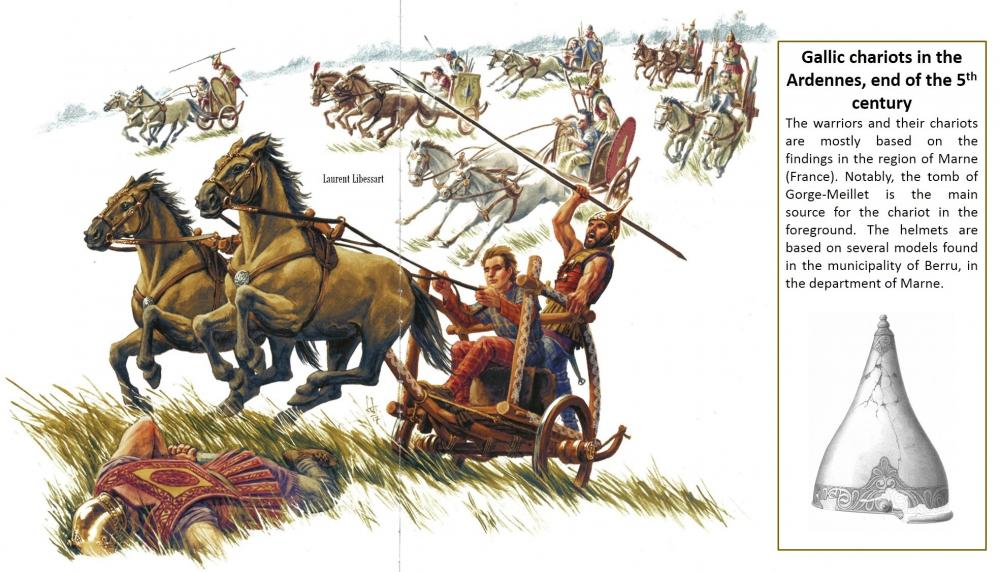
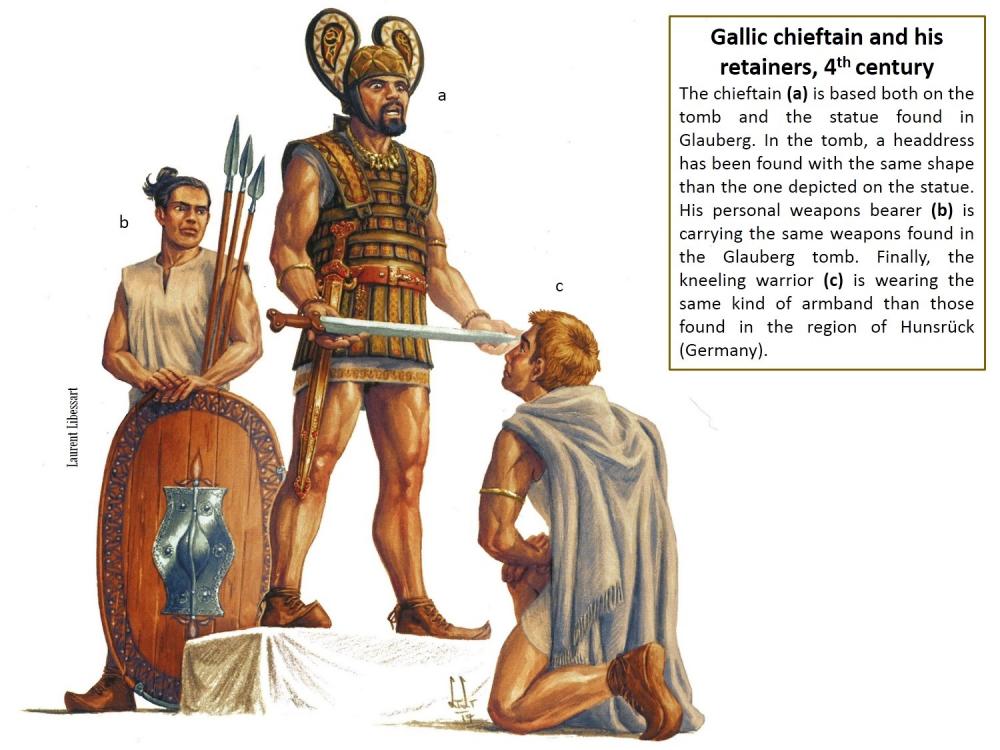
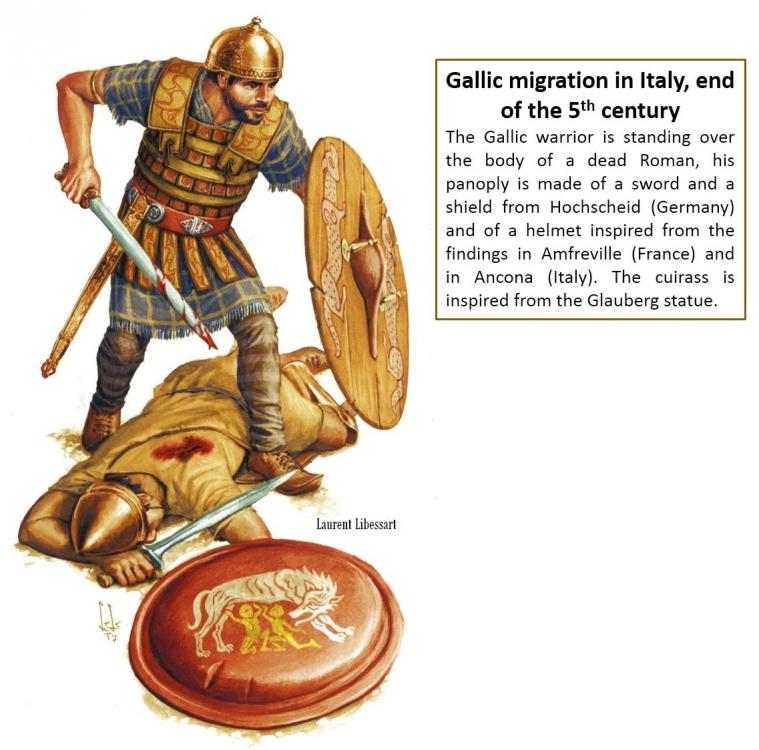
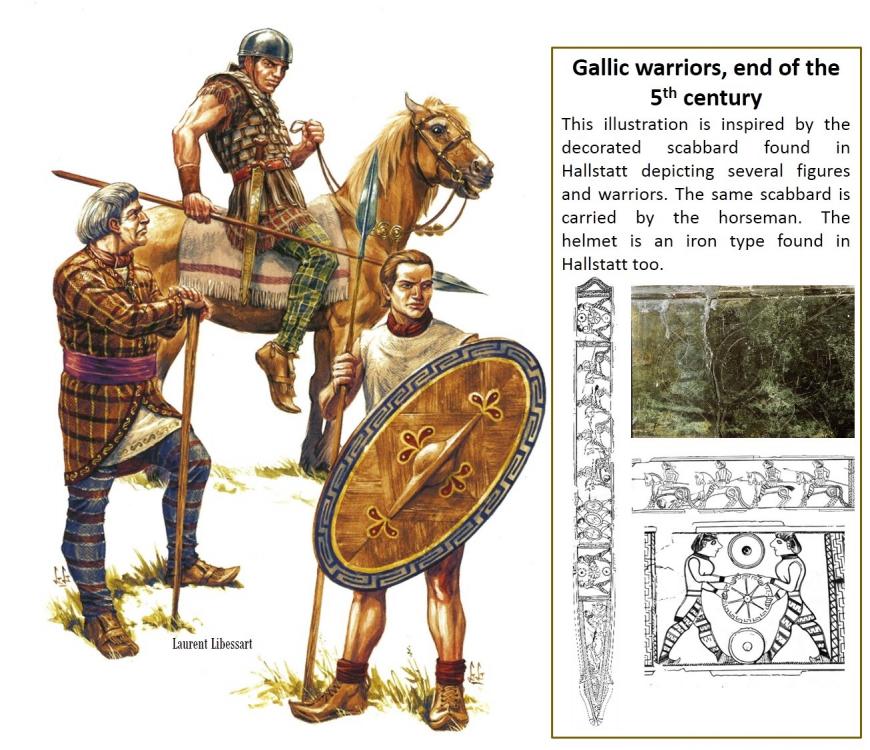
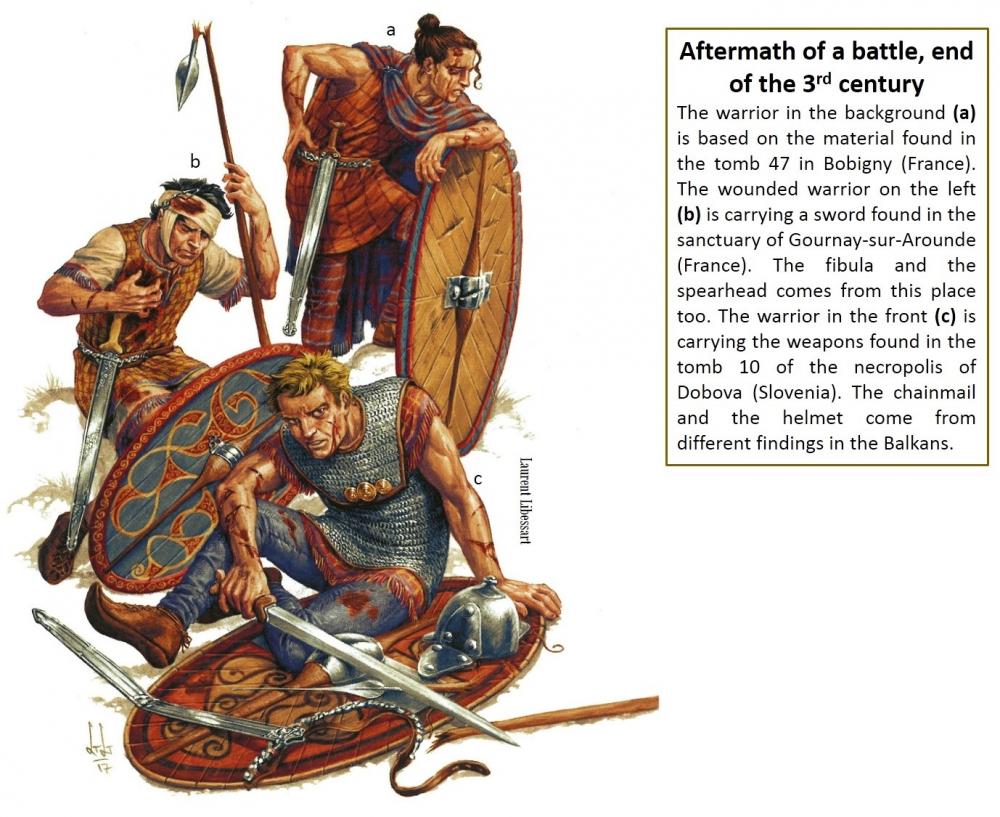
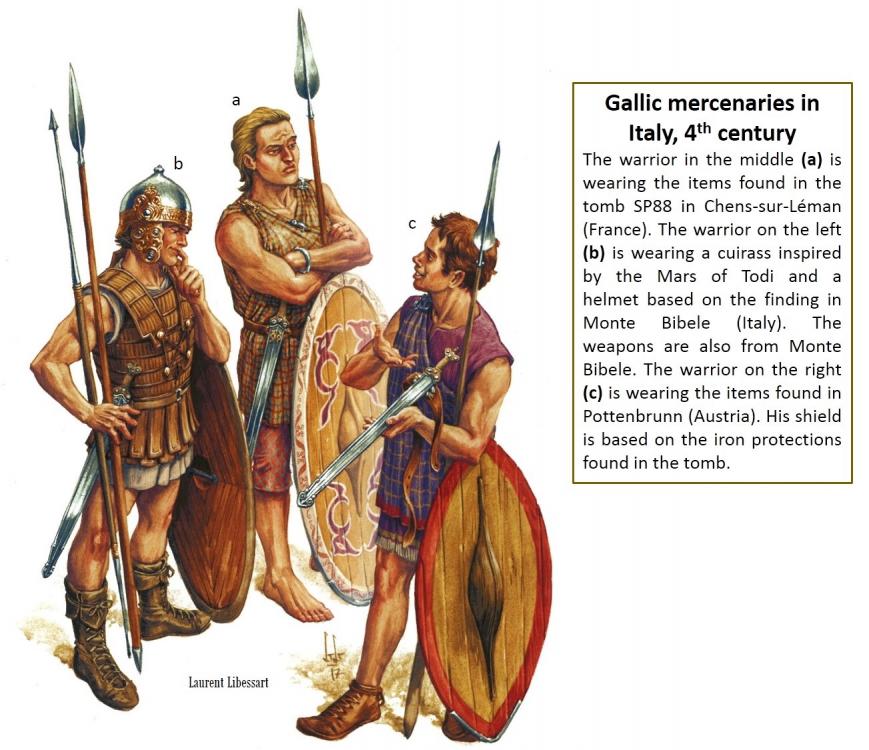
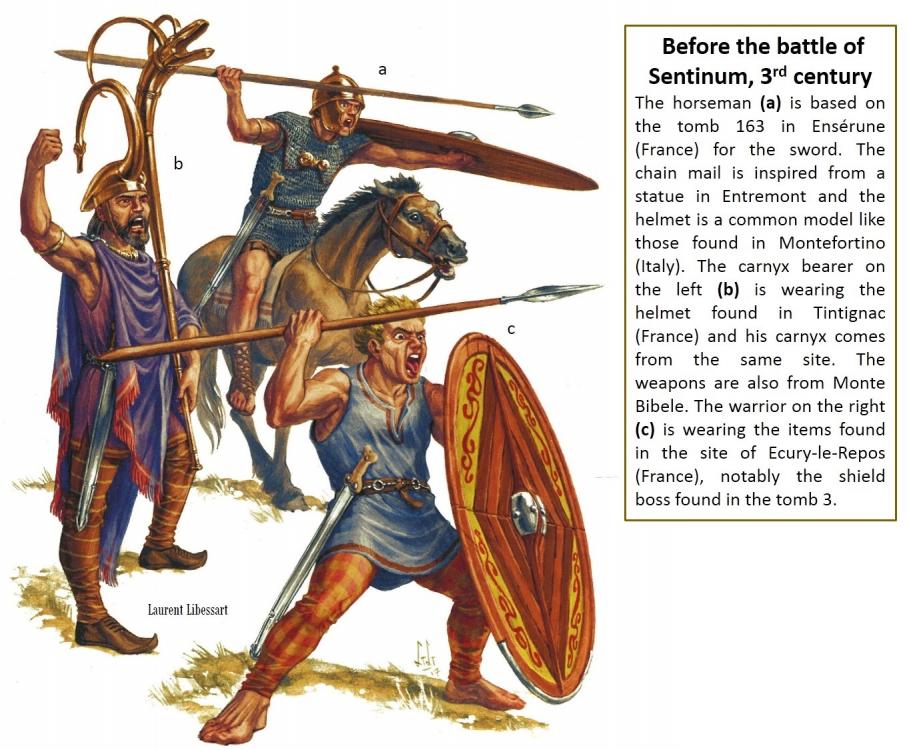
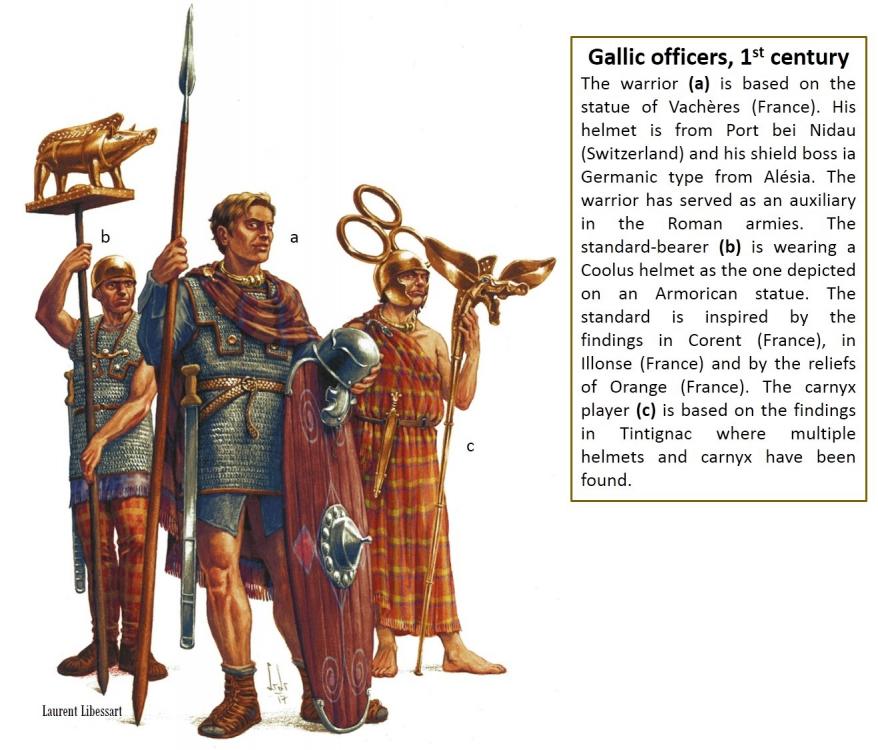
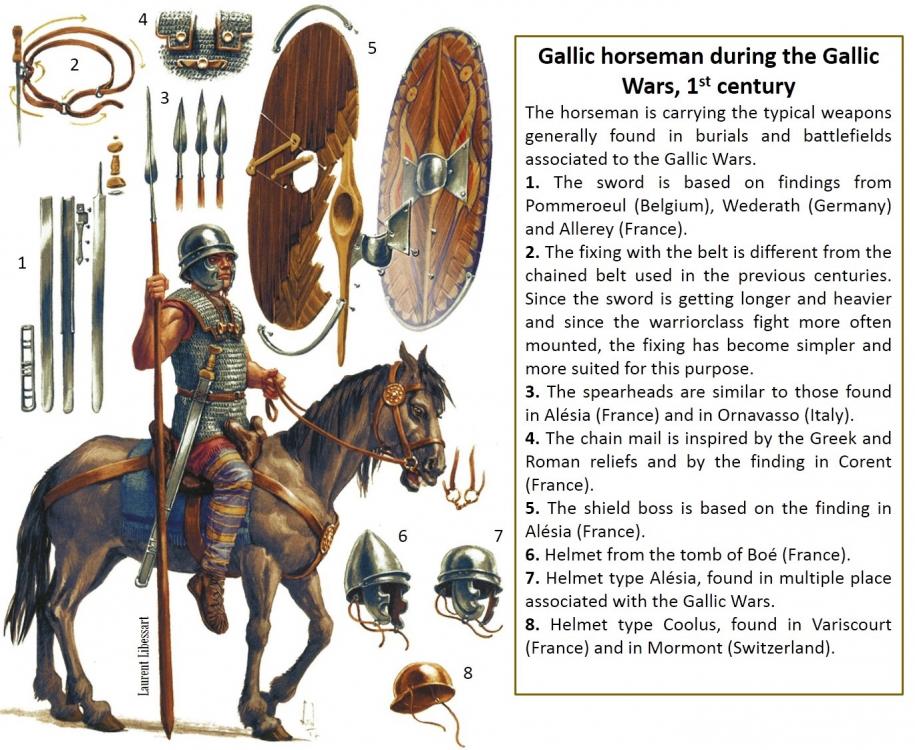
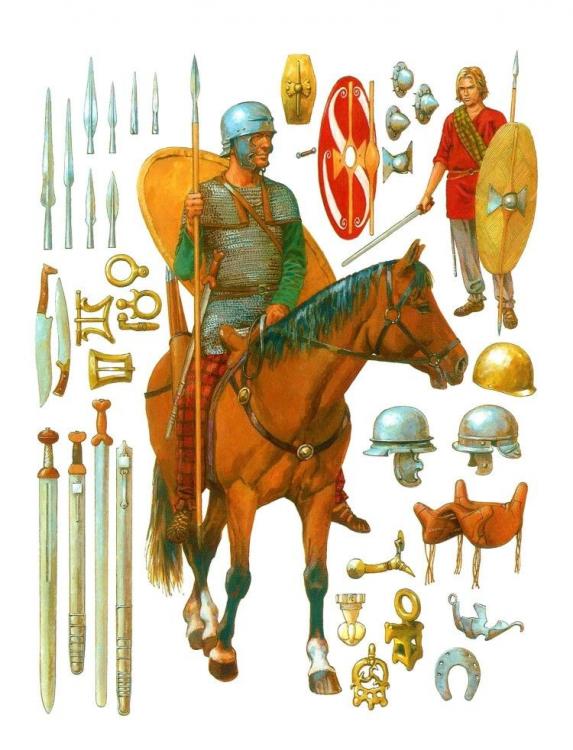
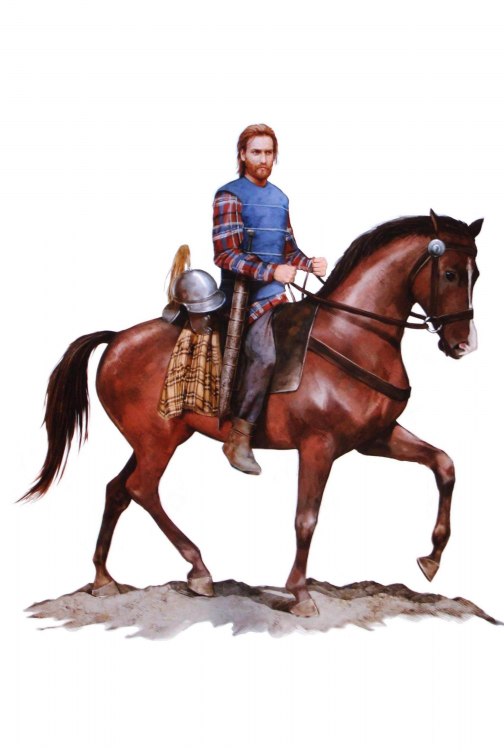
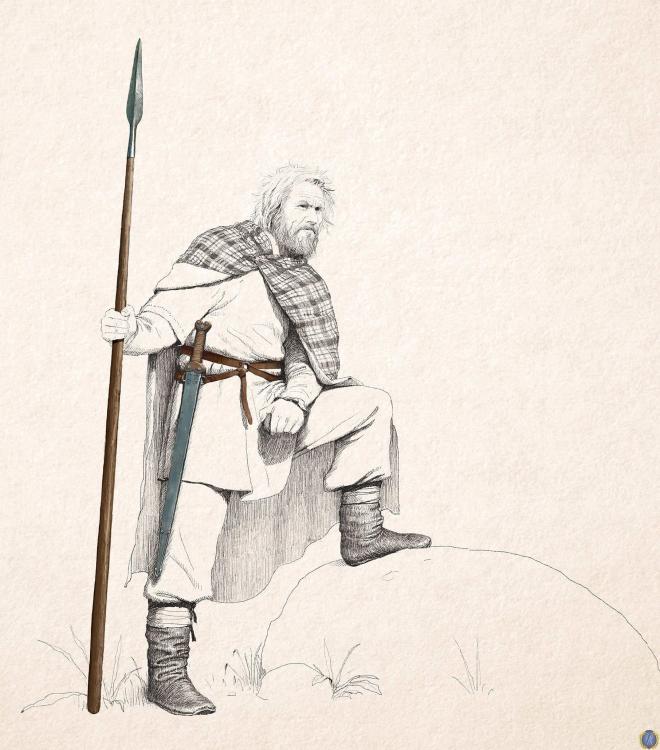
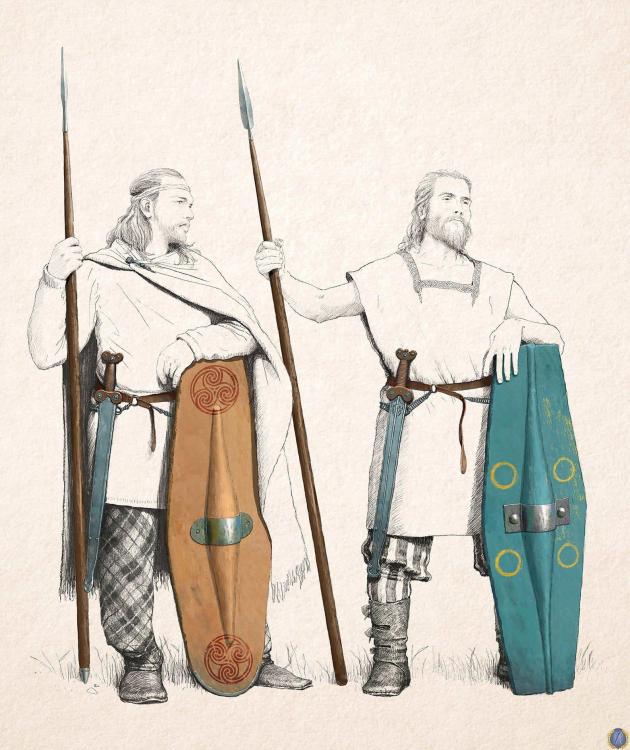
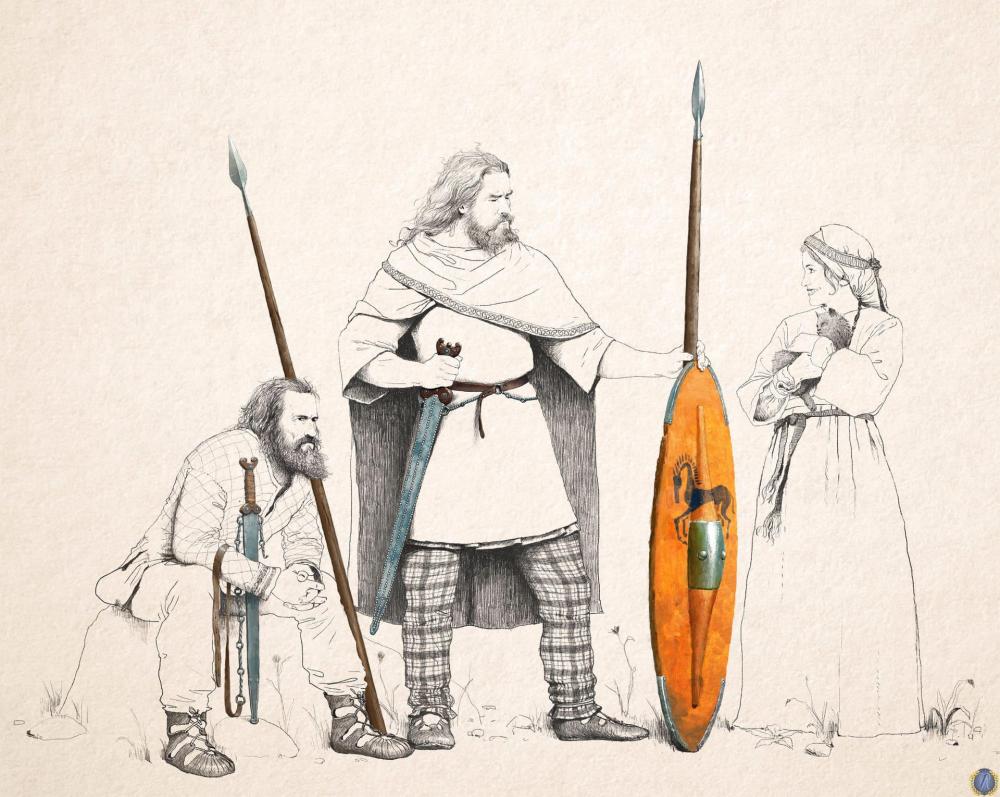
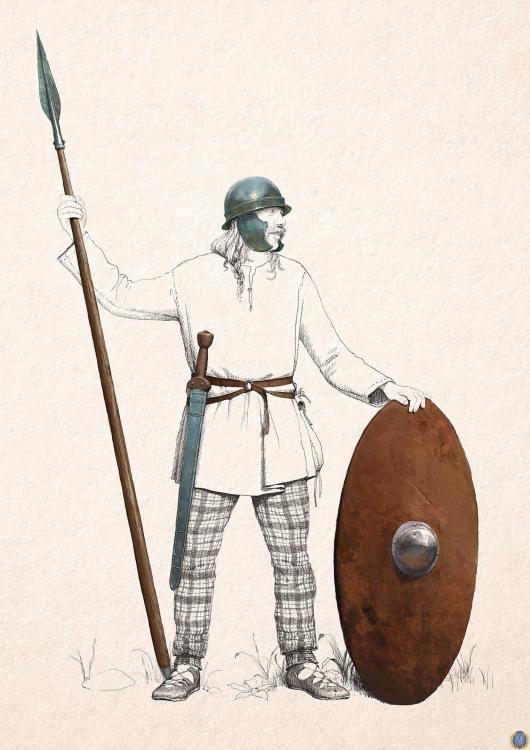
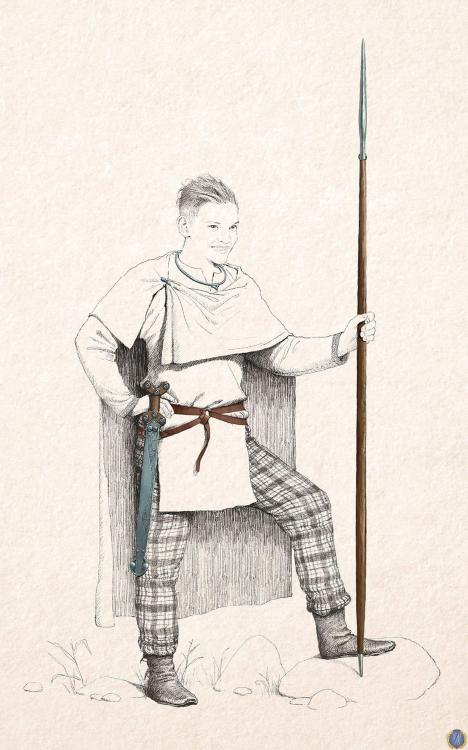
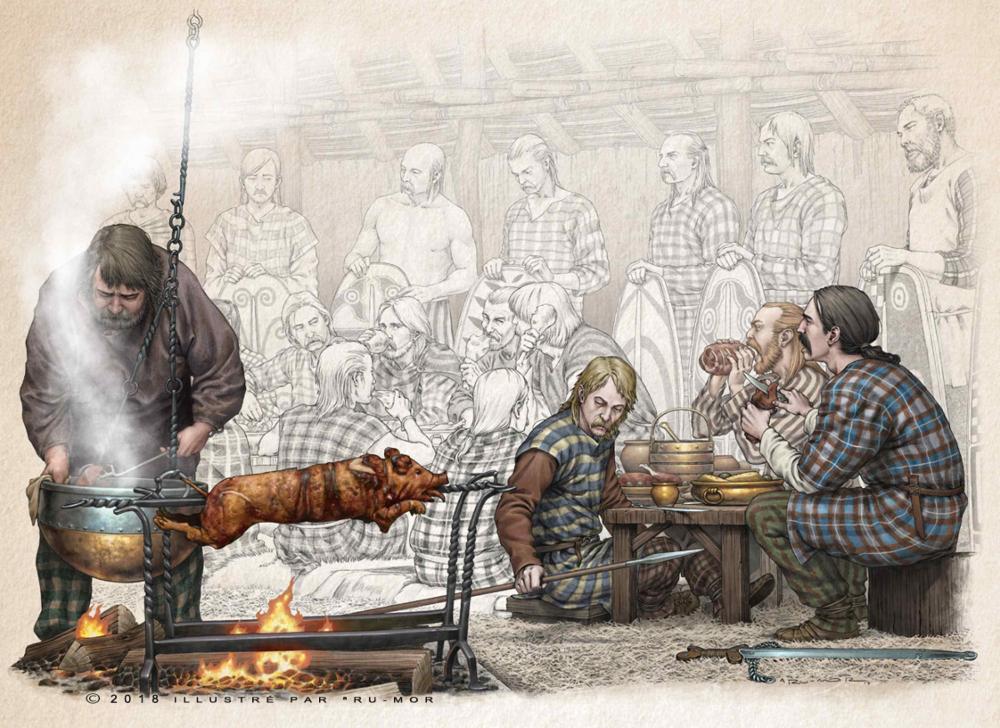
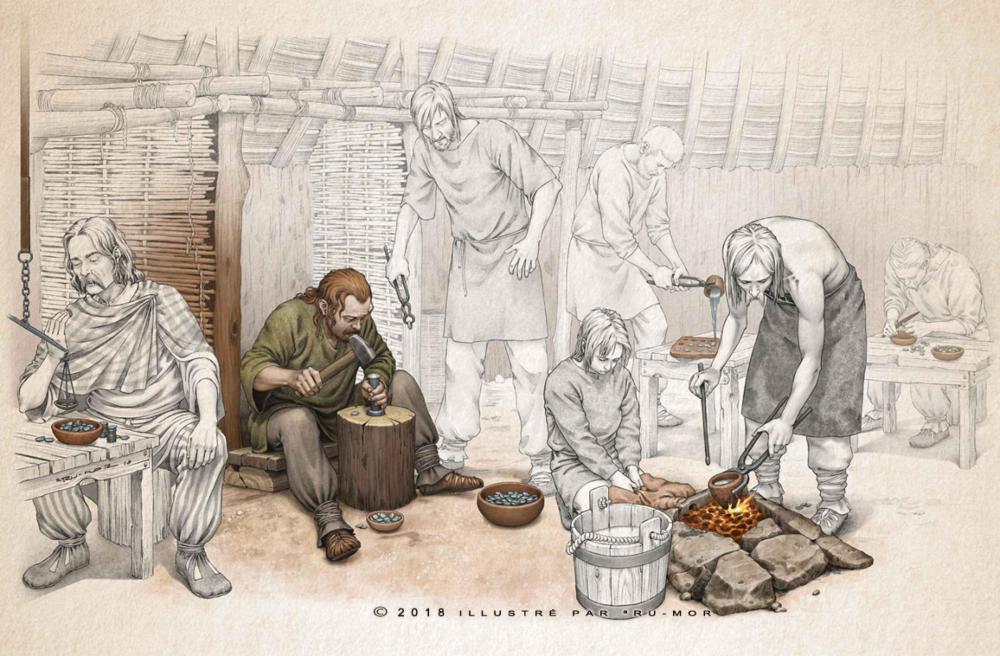
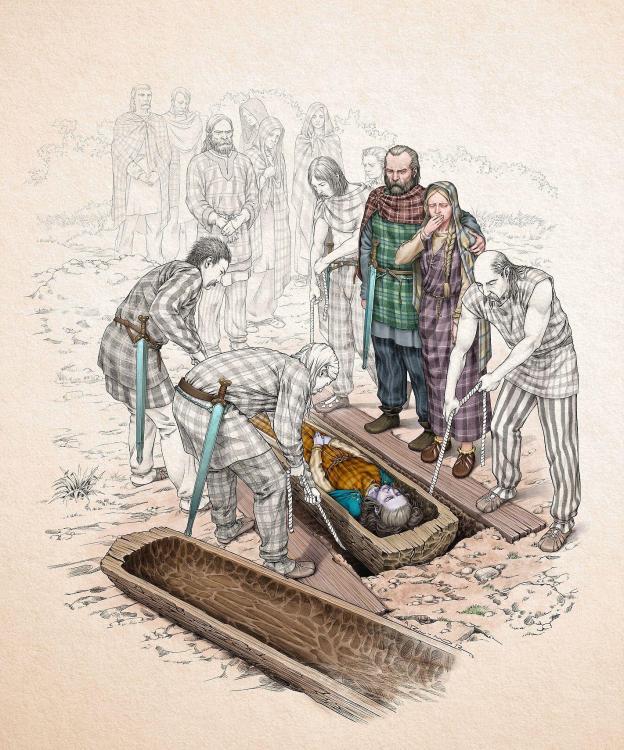
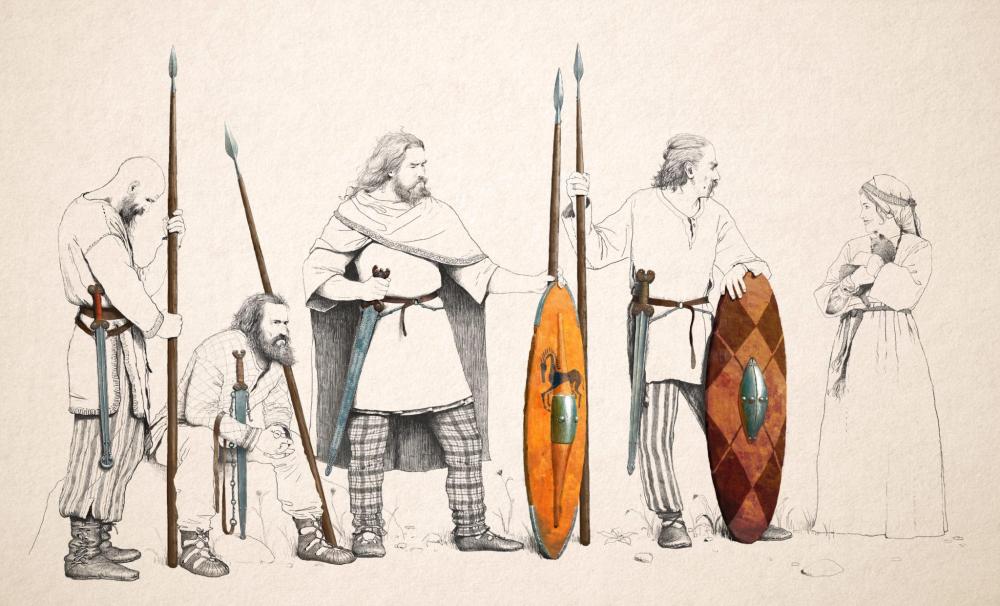
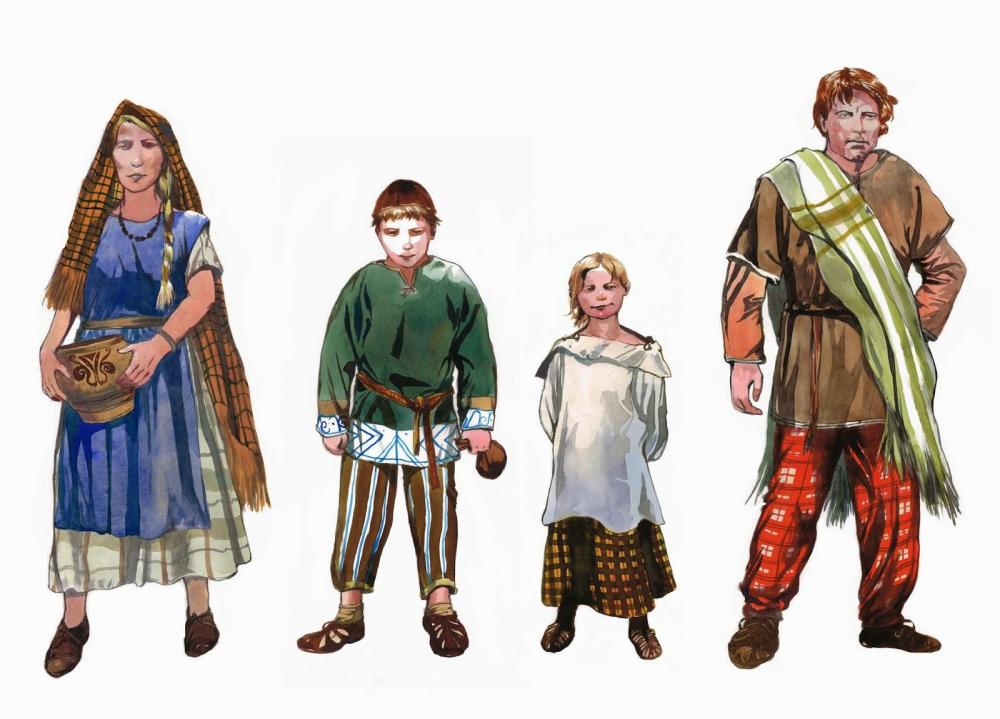
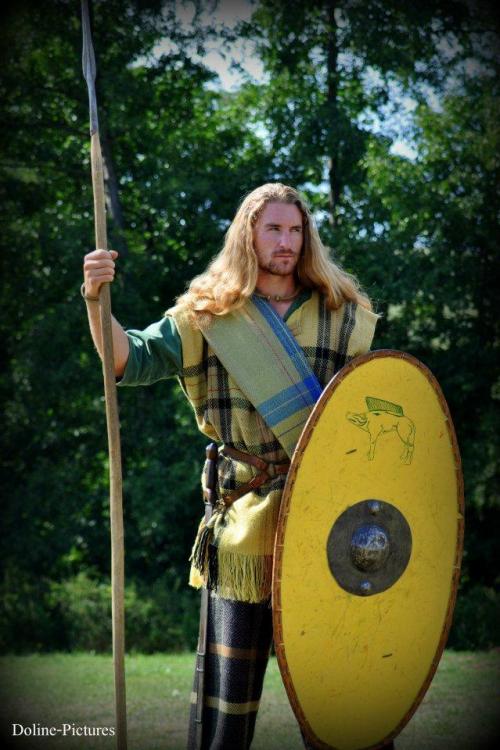
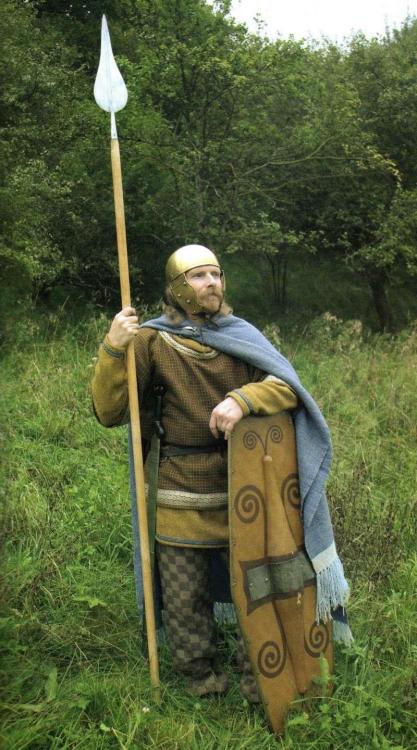
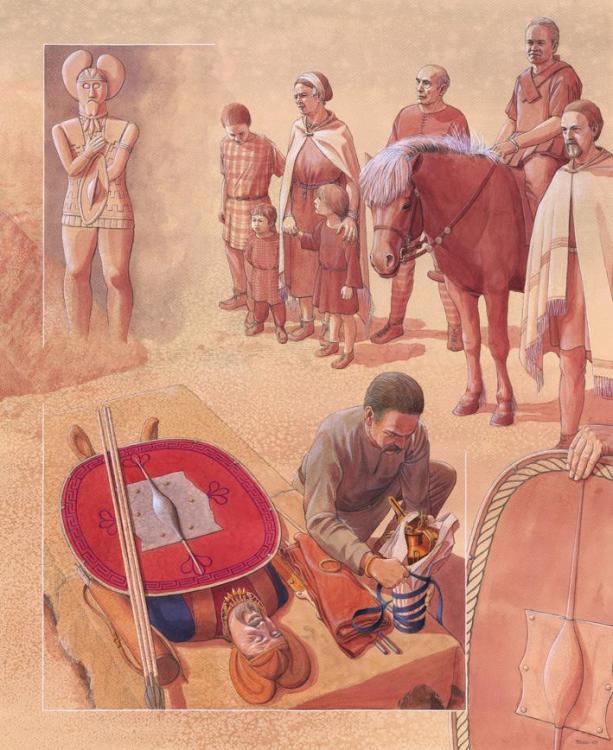
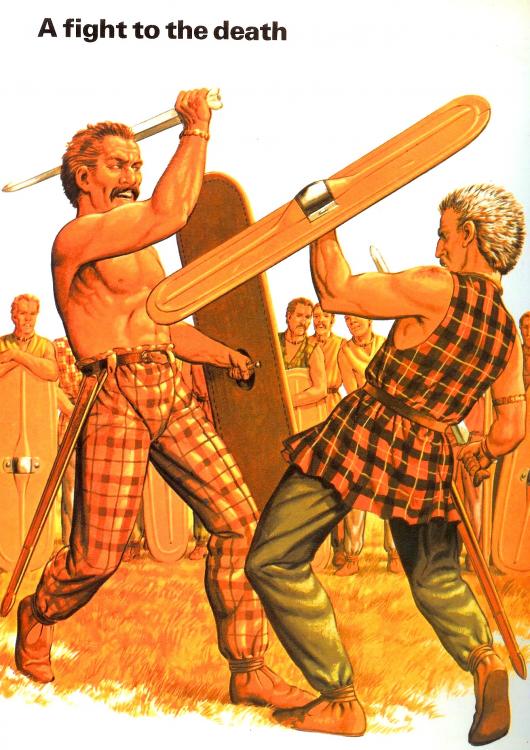
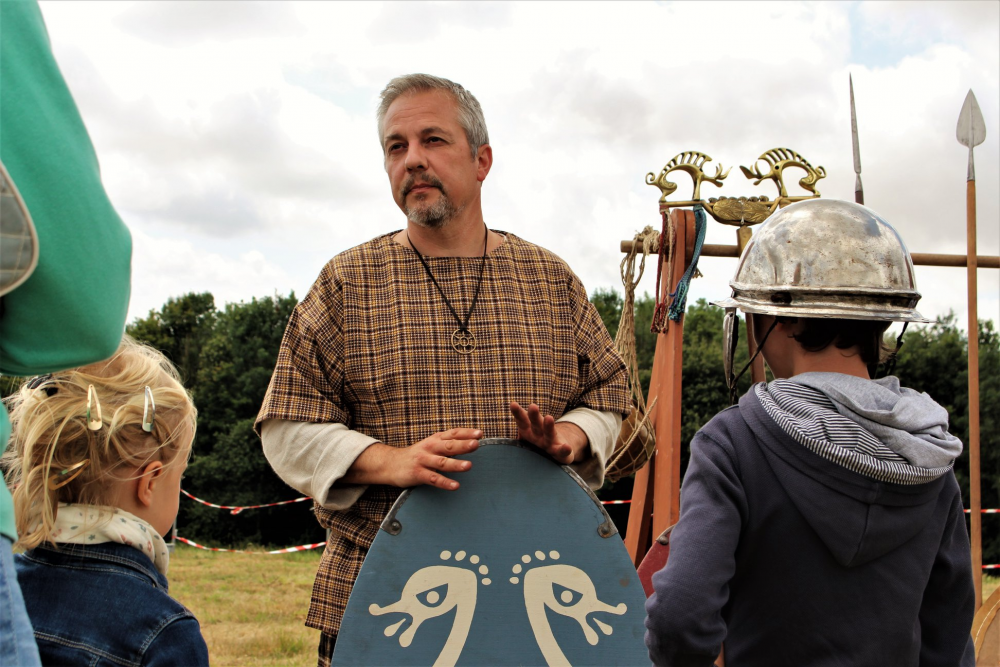
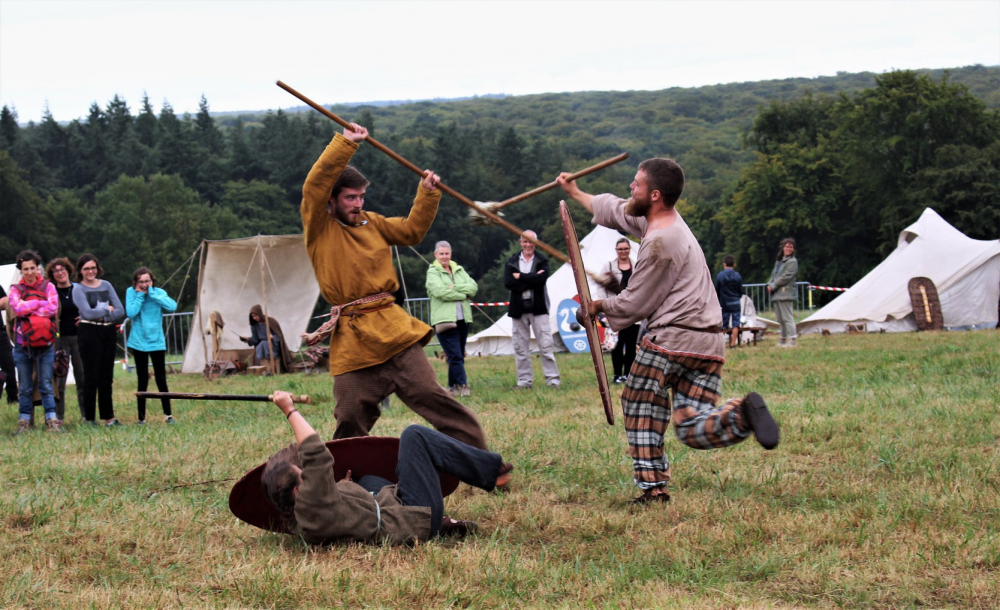
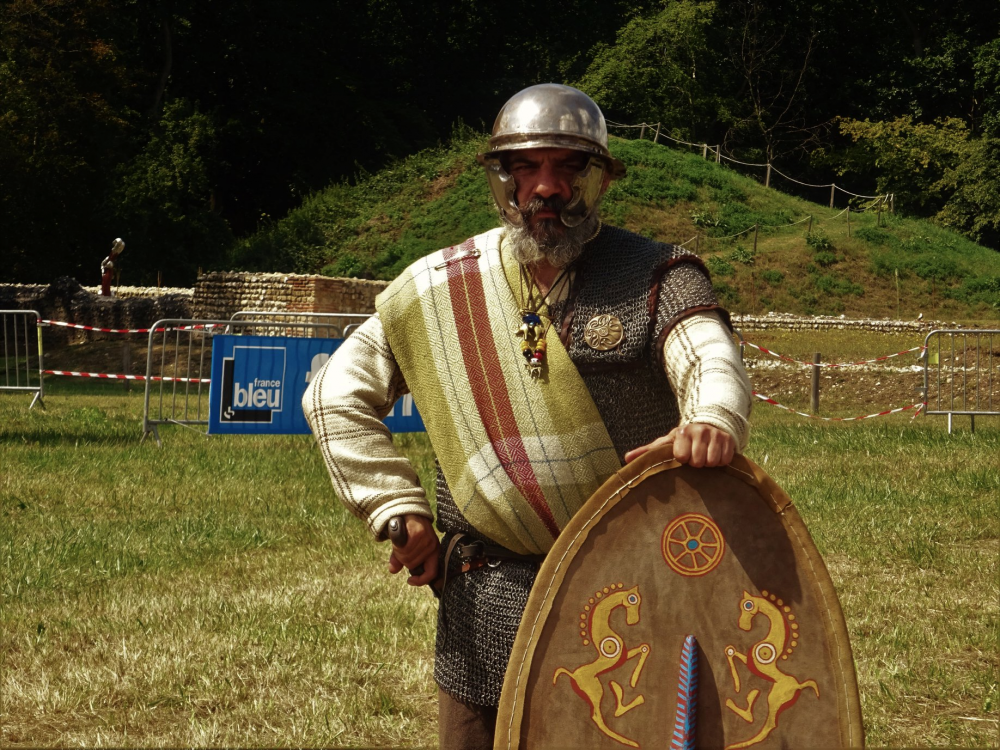

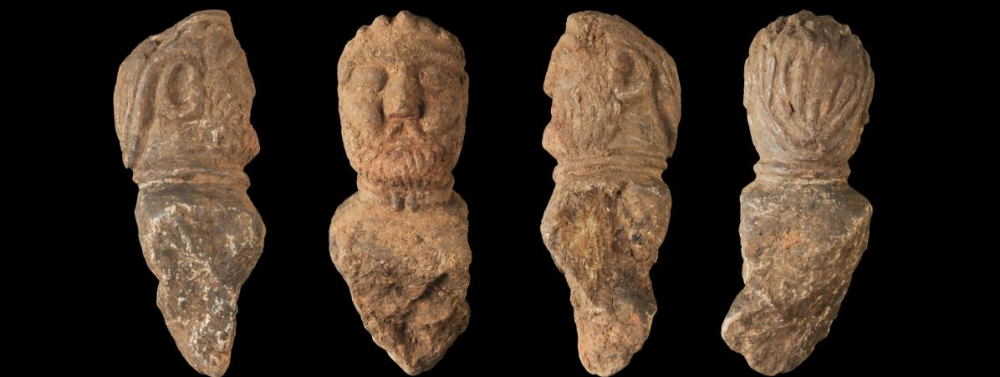
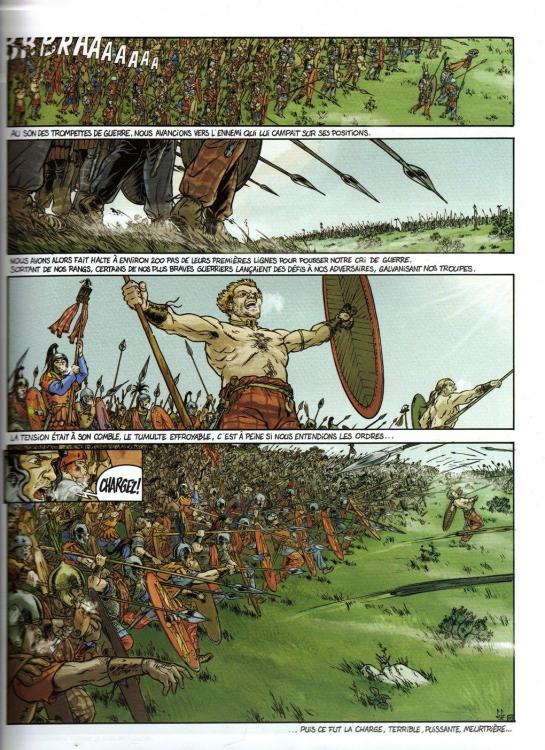

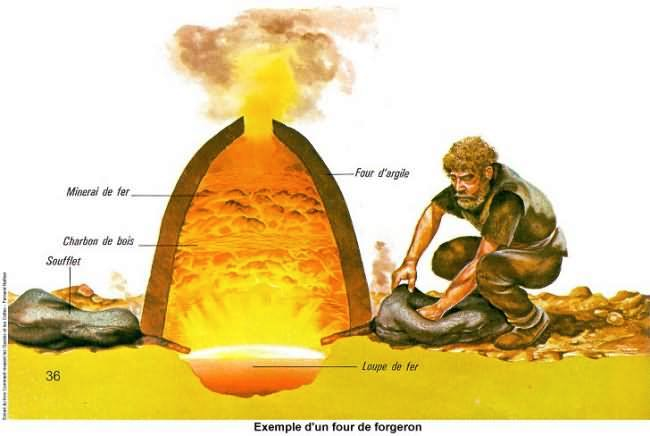
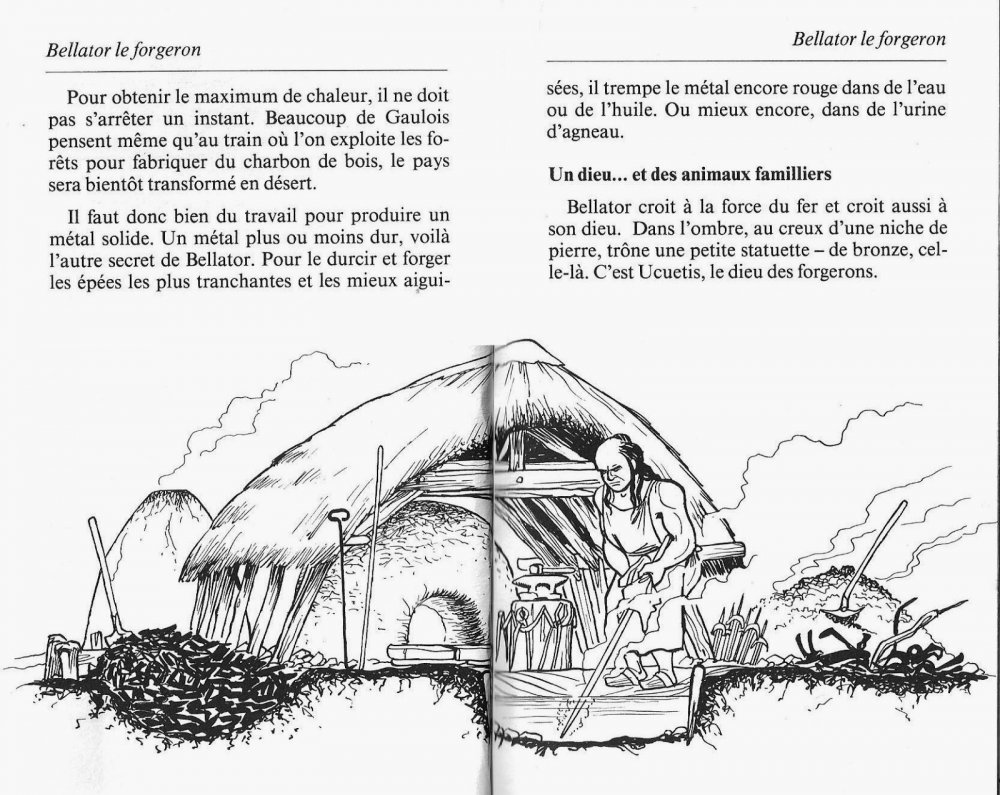
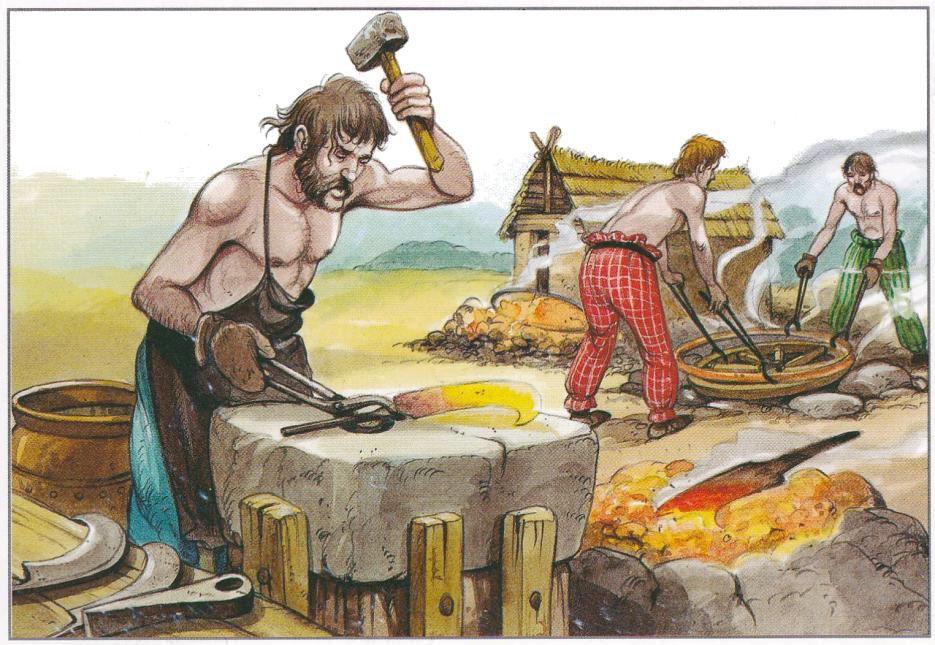
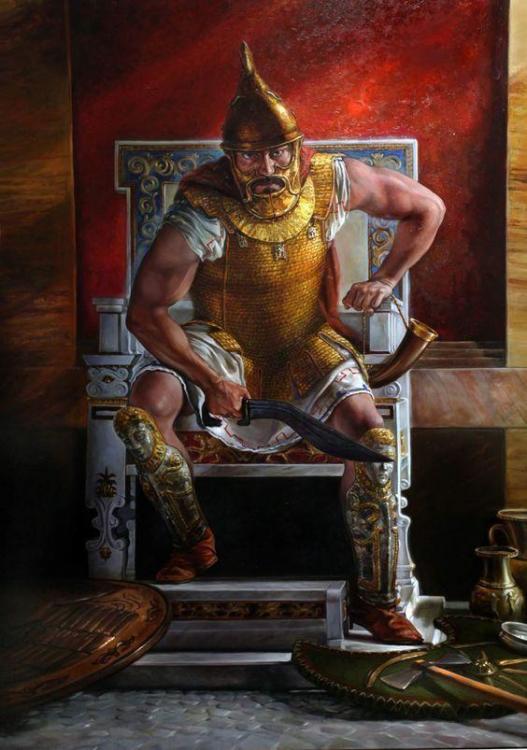
Age of Empires IV
in Introductions & Off-Topic Discussion
Posted
Personally I am not that mad. It is the teasing and absence of information for a long period to have only this very short trailer centered on a very well-known period... that is barely acceptable. I am thinking they are very afraid of any backslash.
A lot of people tried to decrypt the teaser to guess the period. But they seem to have misinterpreted it. "A new Age is upon us" seems to suggest an important change of the gameplay in regard to the actual trailer. Actually, this is quite bold.
Besides the texture and design problem, a few interesting things appears. Walls can support unit like in the Middle-Earth RTS. Civilizations will have unique designs for the units. That's already something good.